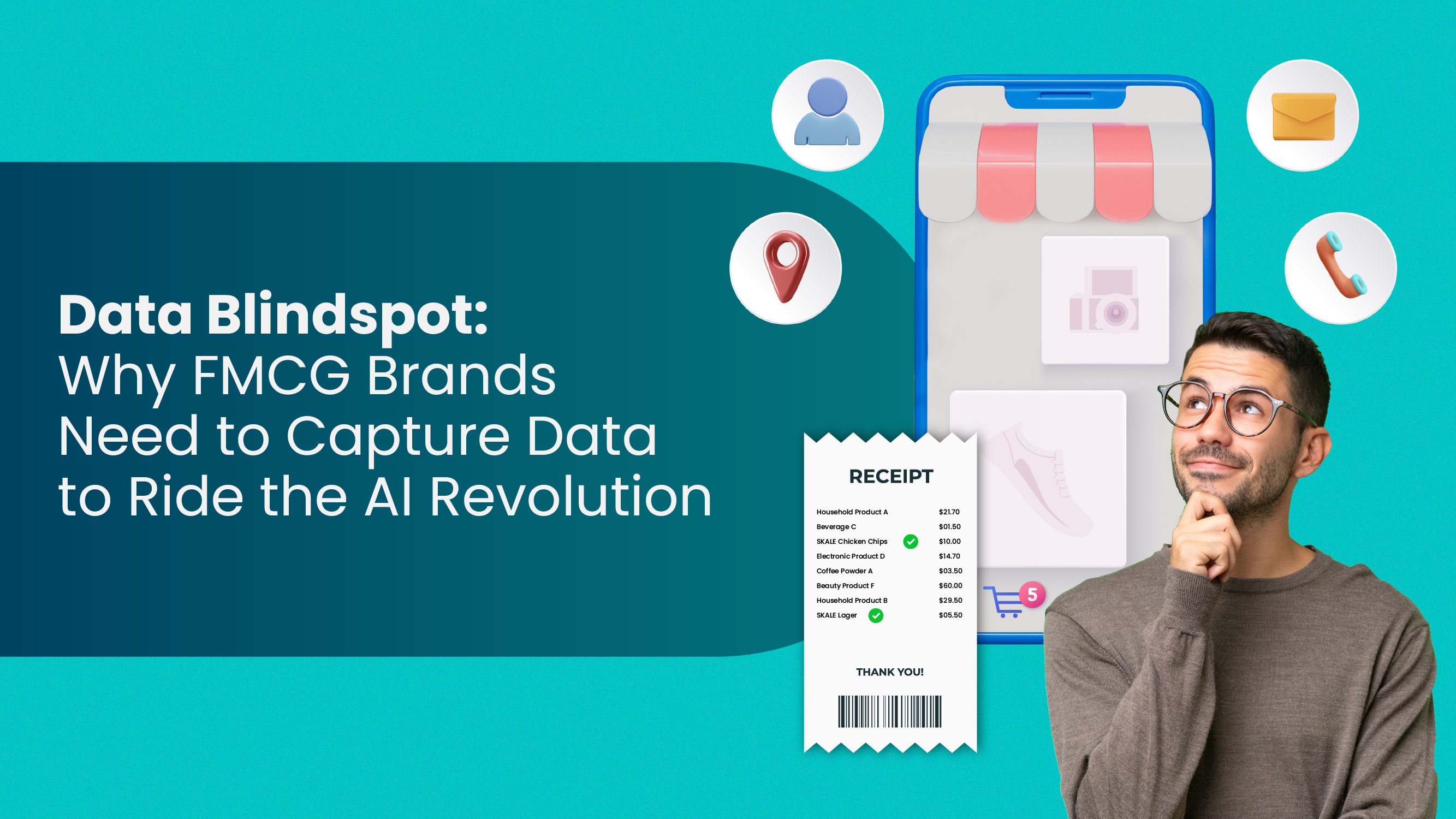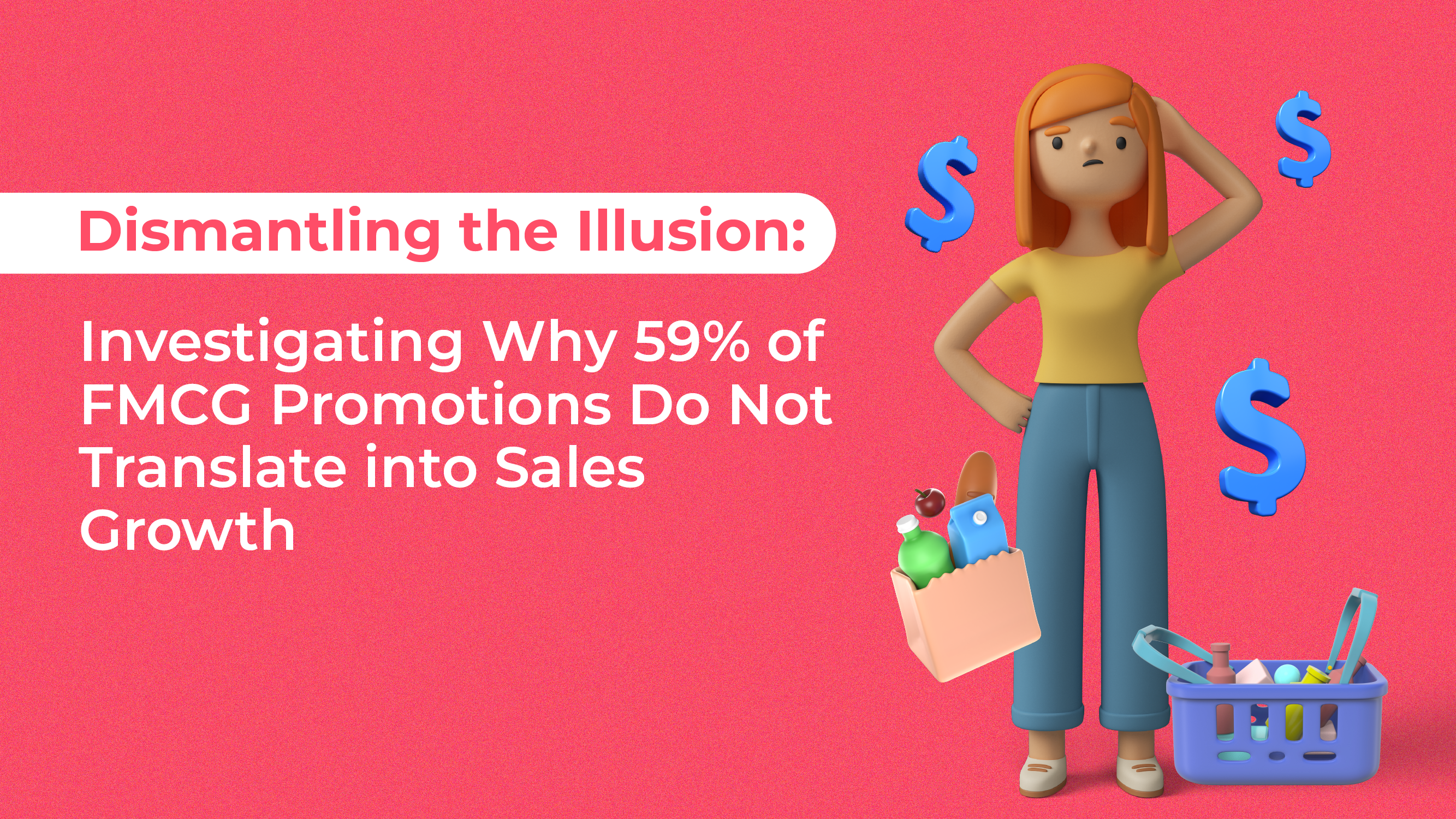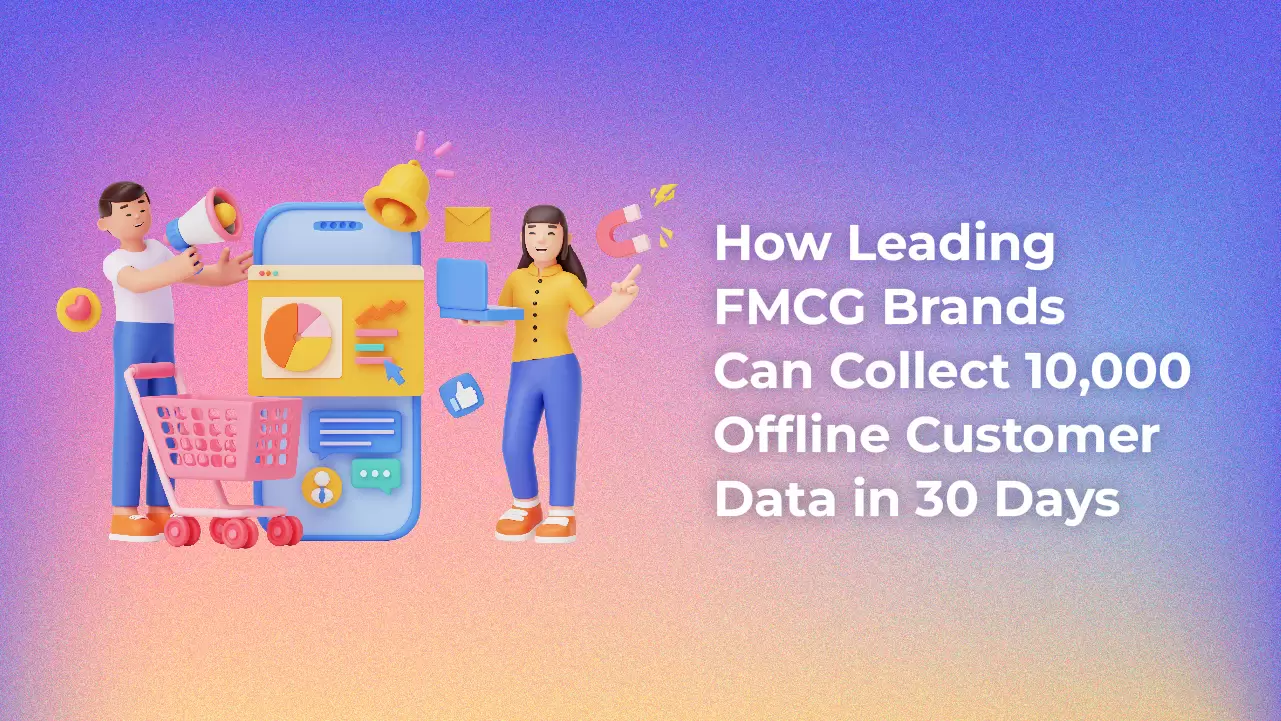Compare the shopping landscape of today to that of fifteen, ten, or even five years ago and you’ll find a completely different ecosystem today.
It is, therefore, not surprising for many to question if brick-and-mortar stores will ever disappear sometime in the future due to the prevalence of online shopping.
This could be true to a certain extent, but is very improbable for the broader market, as people still do enjoy shopping in physical stores.
At the same time, e-commerce and m-commerce have plunged traditional retailers into new terrains as consumer preferences change.
However, there is a golden opportunity that retailers can jump into here: to be successful, companies must integrate both online and offline experiences to fulfil the ever-changing penchants of consumers; and thus, become more successful.
By the same token, one channel cannot be considered as superior to the other as both need to work in synergy to create success. Ultimately, exceptional service, variety and efficiency regardless of where the customer is at the point of their purchase journey is imperative to customer retention and loyalty.
And because online and offline shopping must be two closely intertwined touch points, the gap between online and offline shopping has to be bridged.
Investing in technologies that serve to close this gap magnifies numerous opportunities in the customer purchase journey. Studies show that consumers are now participating in both webrooming and showrooming at nearly equal rates, and retailers have to learn how to acclimatize to climbing physical and digital demand from both types of customers.
Webrooming consumers want to indulge in instant satisfaction, while showroomers prefer to look at and feel an item before buying it.
For the consumers who start their purchase journey on their phones or online, a great benefit for the retailer would be to invest in artificial intelligence. AI can give a crucially improved means of meeting customers’ various needs much more effectively and quickly by boosting retailers’ interactions with customers. This is done through allowing consumers to efficiently identify products they are looking for without the need for excessive browsing or keyword searching. Take for example websites such as boohoo.com, which has over 3,000 different choices of just dresses alone. customers have to sift through.
With so many choices, keyword search can mentally exhaust the consumer, thus putting them off the site. An example, brands that invest in technologies that utilize AI to display identical products from their inventory when a user takes a picture of a product they are looking for. This form of recommendation engine assists in preventing lost sales as it offers alternatives to items that are out of stock to the customer when the product is scanned in the physical store and that particular stock is not available for purchase.
When AI is complemented with physical store technology such as “pick up in store” or “buy online”, consumers are given the best of both worlds: the efficiencies of online browsing coupled with the instant involvement of being in-store.
On the other side of the spectrum, retailers are also bringing the web experience into stores to provide for consumers who prefer to go more digital when shopping.
You may have heard of the term “smart mirrors” – mirrors that can recommend complementary pieces, change the room lighting, and get help from the salesperson. Brands such as Ralph Lauren and Rebecca Minkoff are already testing these technologies.
Similarly, retailers such as Walmart are investing in methods to improve customers’ checkout experience. Their “Scan and Go mobile app” allows shoppers to check out directly via their smartphones; therefore getting rid of long queues to checkout. This is hugely beneficial because customers can complete their errand with minimal interruption; an advantage that is typically only available when shopping online.
The bottom line is, retailers have to execute fresh strategies in order to adjust to today’s consumers.
In today’s shopping landscape, it’s all about investing in fresh technology that emphasizes upon the strong points of each channel, therefore allowing them to work in synergy. But, if retailers do not choose to invest in technologies that adjust to consumers’ new expectations, it could threaten customer relationships with the retailer as customers move on to a more progressive brand.
In other words, no brand is irreplaceable.









